Latest News From Smidge Wines
Day in the life - Behind the Scenes
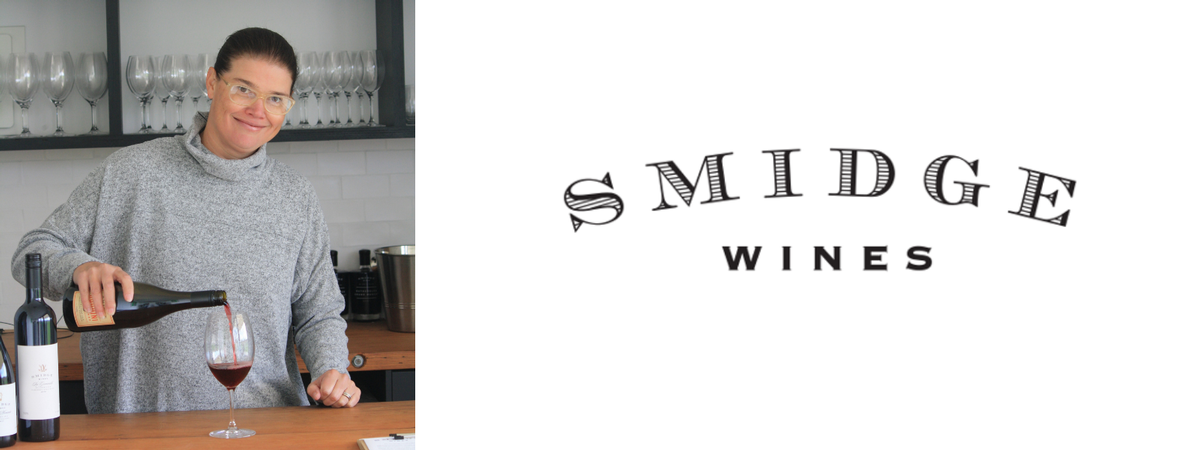
For something different, this week we sit down with the ‘other’ half of Smidge Wines – co founder and GM Trish to talk about what life is like behind the scenes at a small passionately Boutique Winery.
To kick things off we ask Trish what it’s like living and working with Husband and Winemaking legend Matt Wenk? “busy” she says with a smile. Matt has a relentless work ethic and near enough is never good enough. Sadly for me that doesn’t extend to his sock drawer.
“I think being involved in the industry for 16 years now I am a lot more understanding of the demands and realities of the commitment it takes to make truly great wine.”
What is Matt’s worst habit? ‘That one is easy -calling me when he’s already ½ an hour late to tell me he’s going to be late. It drives me crazy.
Is being in the wine industry and having your own company are romantic as it sounds? Yes & No 😊 With a back ground in Corporate IT if I was ever going to return to my primary production roots the order of wine, from vineyards to bottling would be it. There is something very satisfying creating something tangible which can provide joy and be shared among someone’s best friends on a favourite occasion. The industry is collaborative in a way that still inspires me (very different to IT), and there is something mesmerizing about sitting out on the deck gazing across a vineyard on a summer afternoon.
There is a flipside of course which can be the uncertainty of seasons and weather or unexpected market changes – but even these situations and challenges lead to something new and exciting that would otherwise remain undiscovered.
Pedra Branca - Muse or Surf Break?
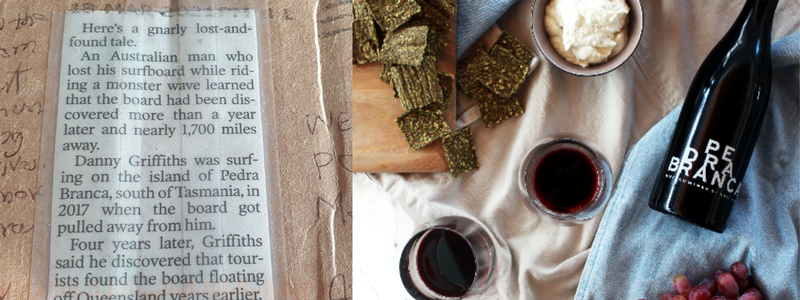
As a keen surfer it doesn't take much to persuade Matt to watch a documentary on big wave surfing and the minute he saw the break at Pedra Branca some 25km off the coast of Tasmania in the Southern Ocean the inspiration for our project series was born.
In between breathtaking images of big wave riders taming an impossible beast was a story of spectacular, unbridled forces of nature, seen at the rocky outcrop and the unique environment that has been created.
Taking the inspiration from the mystery and power of the location itself, our project series takes what Mother Nature delivers from fruit that is so pure that all of the wines are made with minimal intervention and proceed with wild fermentation.*
Our philosophy for these ultra small batch 'project' wines that are not produced at any commercial level. They are wines that push the boundaries of what is possible with alternative varietals grown in South Australia, or alternative winemaking processes using well-known varietals such as Sauvignon blanc or Grenache. We work to express the rawness and beauty of mother nature that is delivered vintage to vintage and to see what is possible.
You will notice a nod to the topography of the Pedra Branca (meaning white rock) on our label with its name printed in the shape of the main rocky tower called Eddystone Rock.
2021 Winter in the Vineyard - A snapshot from McLaren Vale
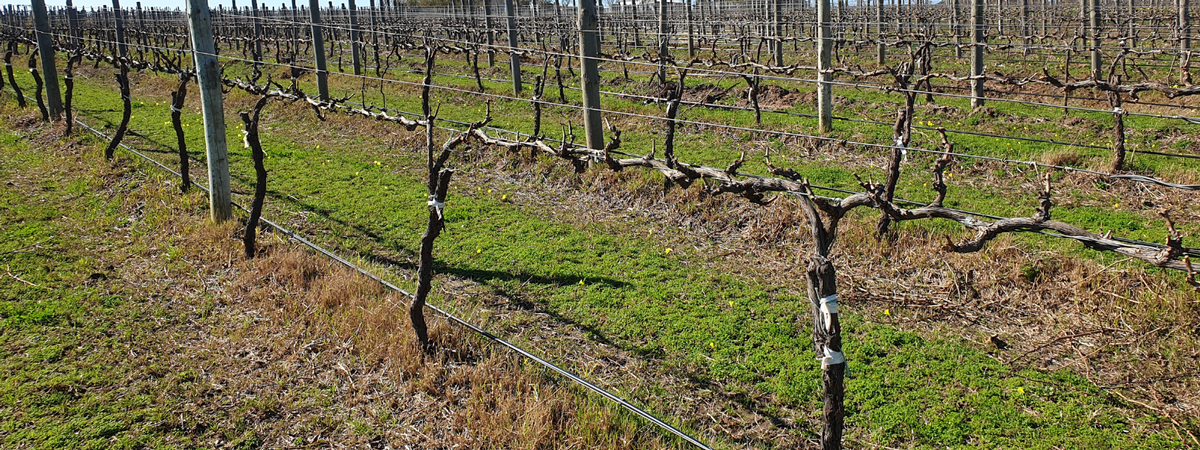 With the flurry of vintage over, the cool of winter is a time to slow down, catch up and regroup. We take the opportunity to sit down with Smidge Founder and Winemaker Matt Wenk at the cellar door to catch up with his take on what this means in the vineyard and for the season ahead.
With the flurry of vintage over, the cool of winter is a time to slow down, catch up and regroup. We take the opportunity to sit down with Smidge Founder and Winemaker Matt Wenk at the cellar door to catch up with his take on what this means in the vineyard and for the season ahead.
As Matt points to the vineyards outside he tell us "Our vines in McLaren Vale have been dormant for a number of weeks and the task of pruning off last season’s growth in order to shape the vine in readiness for another growing season, is well underway".
While I've never really thought about it & it now seems obvious, he goes on "Pruning is a vineyard activity of solitude. In many ways this is not a downside, although very much a positive. Each vine requires evaluation and to prune well, one needs to focus on attention to detail, ensuring correct bud numbers, shape and spacing"
As our conversation continues Matt comments get a little more t move towards what is next in store "Throughout the growing season, a vine requires soil moisture to help in photosynthesis, the process where basically, solar energy helps convert carbon dioxide into carbohydrate (distributed to the fruit and wood tissue) and oxygen. Once the fruit is picked, this process continues, and these carbohydrates are translocated to the wood tissue of the vines. If irrigation is available, it is often applied to a vineyard post-harvest, especially if the latter part of the growing season has been dry. This irrigation provides the soil moisture for the photosynthesis and subsequent carbohydrate production that is then stored in the vine before dormancy, in readiness for the energy required for budburst and early growth stages of the following growing season.
Over recent years the total rainfall through winter to early spring has been a bit up and down, whereas so far this year in Willunga where the estate vineyard is, our annual rainfall to the end of July is well over 400mm, compared to the average to the same time of 295mm. The soil profile is full, which will help set up the vineyards for a great start to the coming growing season.
Akeringa - First Flagship Cabernet from Smidge Wines
This is the extension of the trial that started with the 2017 Cabernet. To select a parcel of Cabernet from the estate block, put it into 100% new French oak and see how far we can push it.
The vineyard in Willunga was attached to a small winery that shut down many years ago, which was called Akeringa. The sheds have been used as a mechanics workshop since, although you can see where the winery drains have been filled in with concrete. When I was the winemaker at Two Hands Wines, a large portion of the Cabernet was sold to them and over a number of years some of the fruit ended up as the base for the Aphrodite Cabernet sauvignon and so I have always known what the block was capable of. Hence, I have being quietly trialling a few things over the years and now here is the birth of the Akeringa Cabernet sauvignon.
No fancy winemaking tricks here. This parcel was made in the same way as the 2018 La Grenouille description, except that the chosen parcel went to 100% new extra tight Cadus Hogsheads.
To access a pre-release allocation please click here.
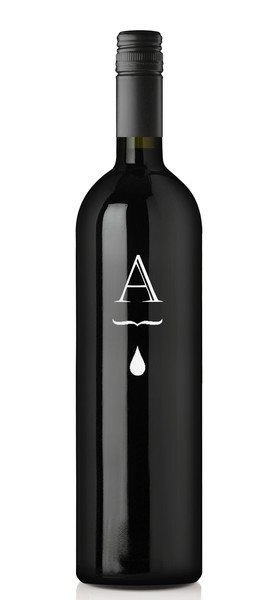
What are your Cellar Rules?
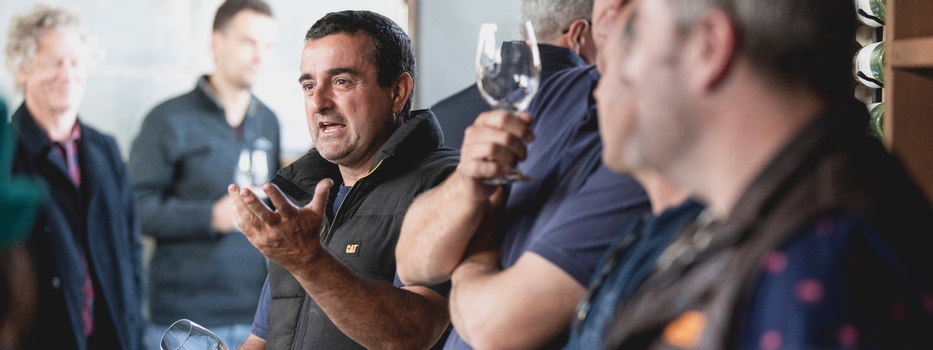
As a winemaker, and long before the Smidge brand was a reality, some household rules needed to be crafted around our cellar that avoided any unnecessary…let's say "surprises". While most of the wine in the house is consumed with family and friends – there are vintage hours, travelling, and wine dinners when I was not around to chat about a food and wine match, or if a particular bottle was perhaps best left unopened.
Equally on a wintery afternoon long before we were married (& before smart phones and google were a thing) at my now parents-in-law’s farm – my wife & her sister opened an old, and what they considered a somewhat unimpressively labelled red wine to sip over a game of cards in front of a fire. Put it this way, to date they’ve still not been able to replace that bottle – at least both will attest it was delicious!
With that memory indelibly etched in their history we decided household guidelines might be useful. Now we both consider our cellar marital property and what is mine is hers and vice versa - however every now and again there is a professional prerequisite for certain bottles not to be opened on a whim or at least so I could taste it.
We discussed having a rack that was a "free for all", anything in it could be taken, opened, cooked with, we talked about knowing vertical sets, specific vintages, or collected wines that maybe should not be in the racks of first reach. We discussed further study – not my best suggestion.
We decided these were impractical and would lead to nothing being taken from our cellar for 6 months a year. While our cellar is modest – like all cellars – it is at it’s best when it is used – that means a bi directional flow – as many wines that go in should also go out!
So we ended up with a simple 2 bottle rule – if there are 2 bottles or more of a particular wine, then either party can take whatever they wanted. While the system is not perfect it has worked well for the last upteen years. There is one exception that I can remember – a 6 pack of Roberto Voerzio Barolo that over the course of a long vintage became 1 bottle. This taught me 1) the system worked – there was at least 1 bottle left, 2) I learnt that Trish has a good palate and knows a good wine and 3)she learnt to google the cost per bottle before depleting the 6 pack (almost) in entirety!
No doubt as our children get older and begin to show an interest in wine, I am sure this rule will need some adjusting – or maybe we just need a lock!
Questions from the Cellar Door
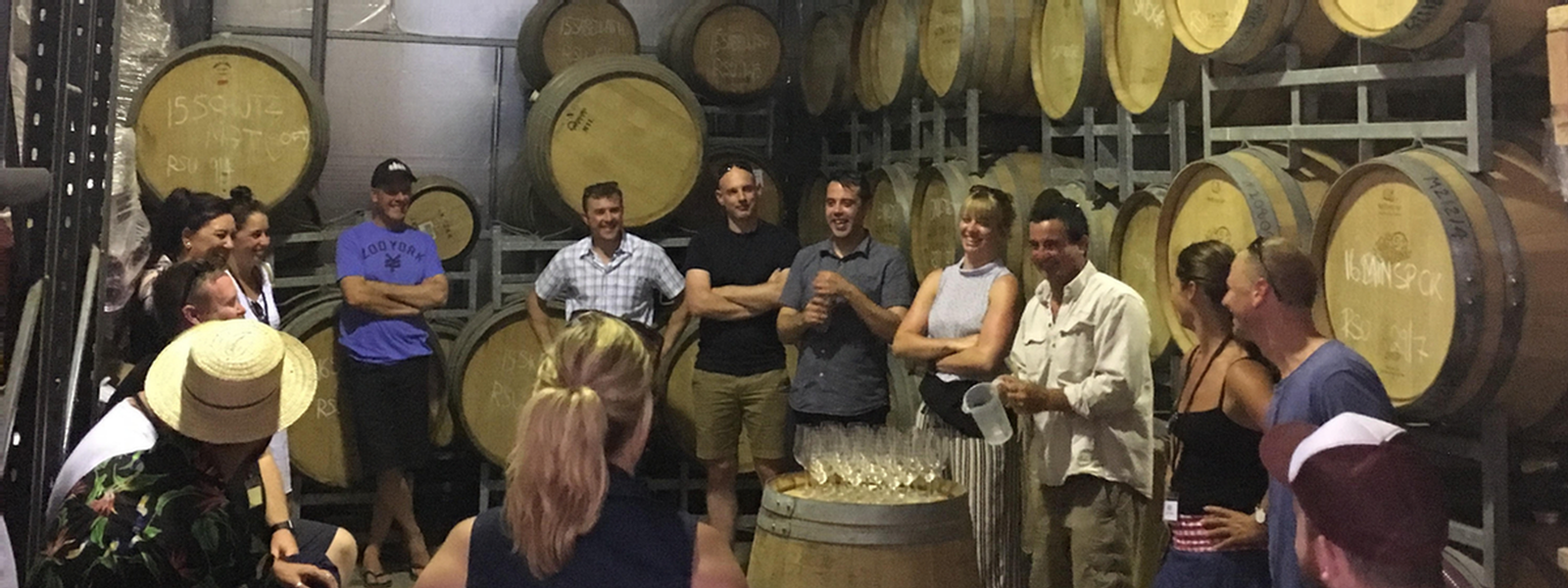
What do you drink at home?, Do you drink your own wine? – As a winemaker at the Cellar door, or at nearly any social situation I can think of I am almost always asked these questions. The follow up question is often ‘Do you ever get to enjoy wine – or is always work?’.
The first part of my answer can be jarring – sometimes I don’t drink wine at all! After a day of barrel trials, or tasting I’ll often have a cold beer or sparkling water – to cleanse the palate, refresh, hydrate and reset.
Then there are the nights I’ll bring home a trial blend to try with dinner, or dust off an old vintage to see how it is faring – testing closures, storage and generally how it is developing relative to my expectations of that vintage.
Equally, I love trying the efforts of someone else’s blood, sweat & tears. Both locally & internationally, I enjoy comparing vintages, varieties & styles and see how we compare. Then there are the times we’ll open a special bottle whether it is a cheeky glass of fizz or something else we’ve collected along the way – it might be for a celebration or just because.
I’m also a fan of trying anything I can get that is a little different no matter where it is from or what variety it is. It’s important to me to understand what is happening and not to restrict my frame of reference to what I make, and like to drink.
More recently after a visit from a generous mixologist at the cellar door I’ve been playing with some cocktail style drinks using wine (currently Muscat) as a base – it’s early days and I’ve had more misses that hits – but I’m enjoying the challenge – Watch out – there’s more to come here.
And to answer ‘is it always work?’ Absolutely not! How can drinking something delicious with good food and good friends be work? As the saying goes - If you love what you do you’ll never work a day in your life!’.
Are these crystals in my red wine "Diamonds on the Inside"?
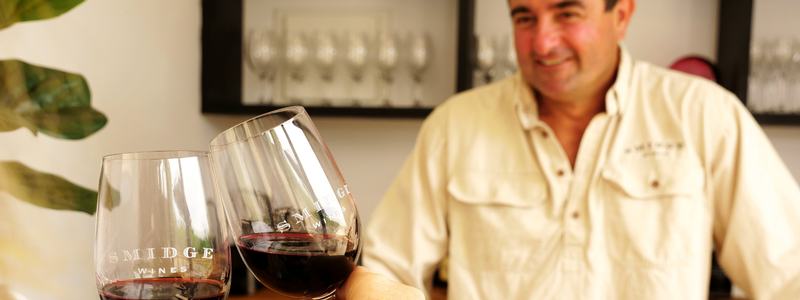
Well, in a nutshell, yes. These crystals form from tartaric acid that overtime ‘fall out’ of the wine and are called "tartrates". Their presence does not mean there is something faulty or wrong with the wine – in fact we feel it is quite the opposite.
Briefly, tartaric acid is the predominant natural, harmless acid in grapes and subsequent wine. It plays a vital role in the stability, pH, colour, structure and taste of finished wine.
A part of tartaric acid’s solubility is temperature dependent, as such when a wine is chilled for an extended period, the unstable form of tartaric acid will "crystallise" and precipitate out creating crystal deposits or ‘tartrates’. These tartrates often capture varying levels of colour and tannins in them.
During the aging process in the barrel a portion of the unstable tartrates precipitate out binding to the walls of the barrel. Once emptied, the barrels are steamed and /or washed to remove the tartrates and lees, although some remain dissolved in the wine and may precipitate out later in the bottle over time forming what often is referred to as a "crust".
So why do not all red wines have these crystals? Well some may be too ‘young’ and not enough time has elapsed for the crystals to form, or the conditions have not been conducive, or maybe the wine has minimal unstable tartaric acid remaining at the time of bottling due to the variety or season. Alternatively, some wineries may, for aesthetics, decide to remove all crystals through a process known as cold stabilisation. Prior to bottling, the wine in question is chilled to a sub zero temperature for a prescribed period to force the unstable tartrates to precipitate.
What about Smidge Wines? As a specialist winery, handcrafting wine of extraordinary quality in small quantities we view the presence of tartrates as showcasing our winemaking philosophy in action.
We believe that each intervention and action we make throughout the journey of every wine is done balancing the risk of action against the benefit to quality, flavour & stability. We view that no matter how carefully it can be done, artificially cold stabilising will change pH and acidity, and independent of the number of trials that can be done, it risks having some influence on the balance, structure, hue and flavour of a final wine. Sometimes these changes can be subtle, other times more noticeable.
We prefer to avoid this risk, and allow these interactions to occur naturally in the bottle over a number of years. So to answer the question – yes, we think these crystals are definitely diamonds!
Vintage 2021 - A Silver Lining?
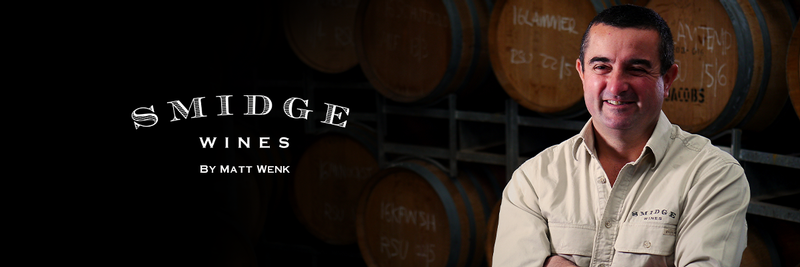
It’s no secret the Australian wine industry has taken a beating over the past year – one of several casualties of restrictions across hospitality both here and overseas, as well as tariffs effectively closing Australia’s biggest wine export market.
With such uncertainty in the air, Vintage 2021 felt a little different to previous years (even against 2020) - the urgent phone calls to find any extra fruit even after some recent small vintages seemed to evaporate. This year, the appetite to take advantage of extra available fruit disappeared as many wineries found themselves very carefully managing intake against forecasts, contract commitments and in some cases, space availability.
Thankfully, for our regions we source fruit from, the weather has been kind. In a La Linea cycle which typically means a cooler wetter summer, we were initially a touch nervous, although in South Australia, we experienced the cooler conditions, without the rainfall – we managed lovely long ripening conditions, with flavours and sugar staying in balance. With no extreme weather events forcing us to pick earlier (or later than we would like) as well as fruit being ready in a staggered way, we were able to keep pressure off the winery and ensure optimal time on skins before pressing each ferment and putting wines to barrel.
The winemakers I am talking to share the confidence I have in 2021 Vintage – it is an absolute cracker and one to watch out for – and just the tonic for an industry in much need of some good news!
What is my Favourite Wine?
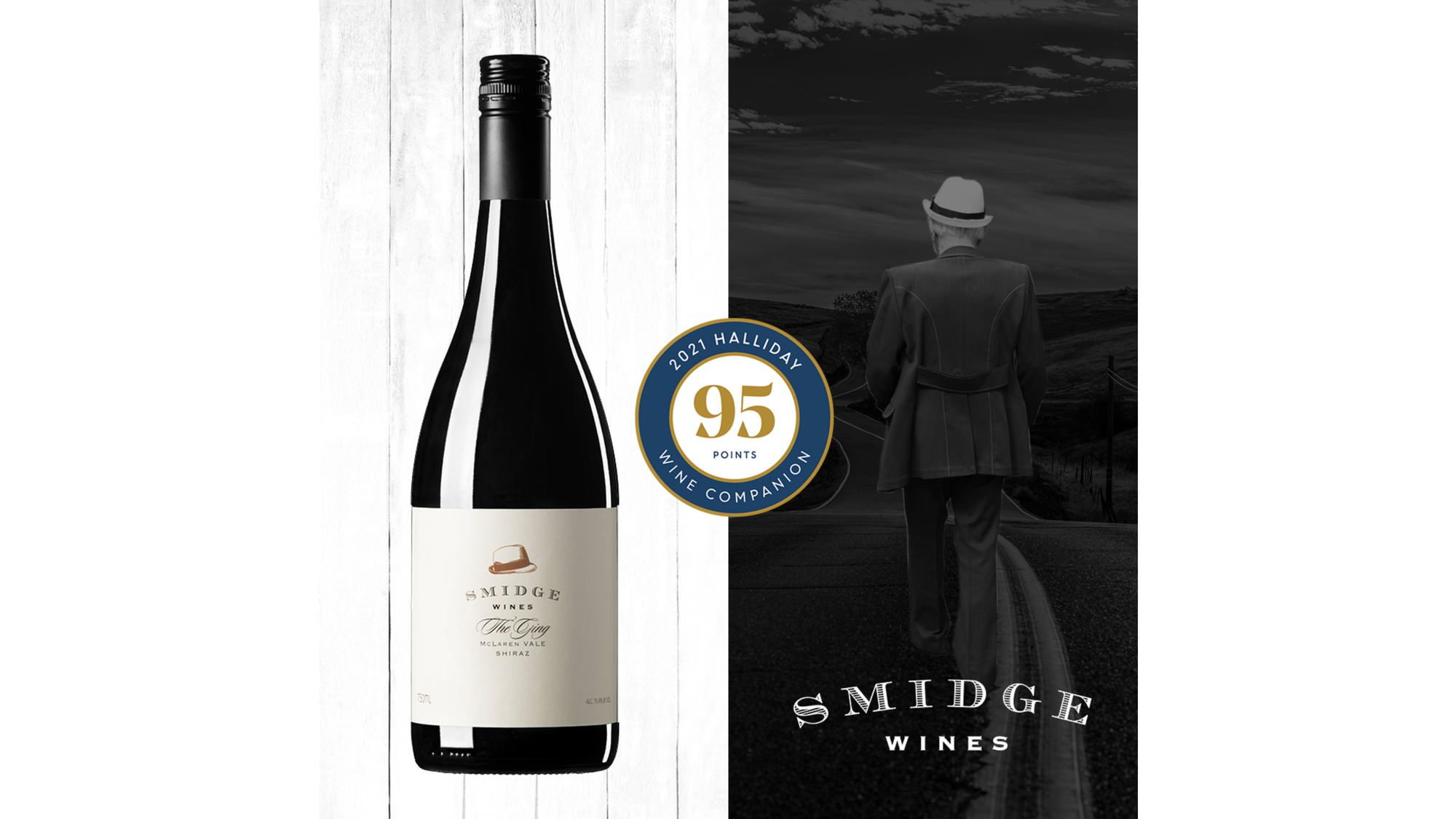
“So what’s your favorite wine then?”
I smiled, this is a question I get asked a dozen times a day, especially at a wine tasting and it’s one of my favorite questions to answer.
Of course I reply, like any dutiful parent, “well it’s kind of like answering ‘who is your favorite child?’ I love them all equally, of course.” But I always say it with a cheeky grin and a wink. I know this is a game, it’s a dance back and forth and I love it.
They always push for a true answer though, “oh surely you have one you love more than the others,” sometimes they’ll often wink and whisper conspiratorially “I know I have a favorite child.”
I’ll laugh, enjoying the moment and reply, “honestly, it’s simple,” no doubt a twinkle forming in my eye. I love telling this story, I love sharing this wine, this is my favorite of all.
“It’s The Ging,” I tell them and chuckle at their look of confusion.
It’s almost always confusion, sometimes astonishment. The Ging isn’t our most expensive wine nor is it our most awarded, though it does have a trophy cabinet overflowing with awards all to itself. Most people expect me to proclaim one of our more expensive bottles as my personal favorite.
But The Ging is my favorite because it’s exactly what you would want a McLaren Vale Shiraz to be, it’s bold and bright on the palate with subtle hints of chocolate and dark berries. It’s a true and honest wine, but it also has just enough of that roguishness and devil may care attitude we all love so much about our Australian way of life.
The Ging is my favorite because it embodies all these truly special qualities and in doing so, it is the perfect homage to the man himself, a man who has been a very special force in our lives and one for which we will always be grateful.
The Ging is also one of my favorite wines to make, throughout the process there is always an air of anticipation. I put it in French oak barrels (7% new) to mature it until the flavours are perfect, sometimes it takes up to 2 years or longer for this process to occur.
Every few months or so, I taste test our barrels, noting each’s progression through the process. There’s a very unique palette that makes a barrel suitable for the Ging and not every barrel will fit the bill. The oak I put it in plays its part too, being a natural product, it makes for subtle variations during the maturation process.
As the wines mature in the French Oak and each barrel taste test reveals more of the wines character, it’s the fuller, more complex barrels that I ear mark for the Ging.
Finally, it’s bottled and we let our faithful Smidge community know, (our Smidge family of clients, always get first pick, especially as there’s always a limited number of bottles) and then it goes to market.
I think, most importantly it’s my sentimental favourite – named in honour of my Grandfather who I adored (as did all his 11 Grandchildren). For me this was more than an honoring of my childhood memories, it was a nod to him as a man with how he lived with endless energy, big ideas, and an even bigger heart.
This is the reason why the first bottle of each vintage of the Ging, comes home with me and over a nice dinner, Trish and I toast the man behind the name and remember the loveable rogue who meant so much to both of us.
The Story of The Gutsy
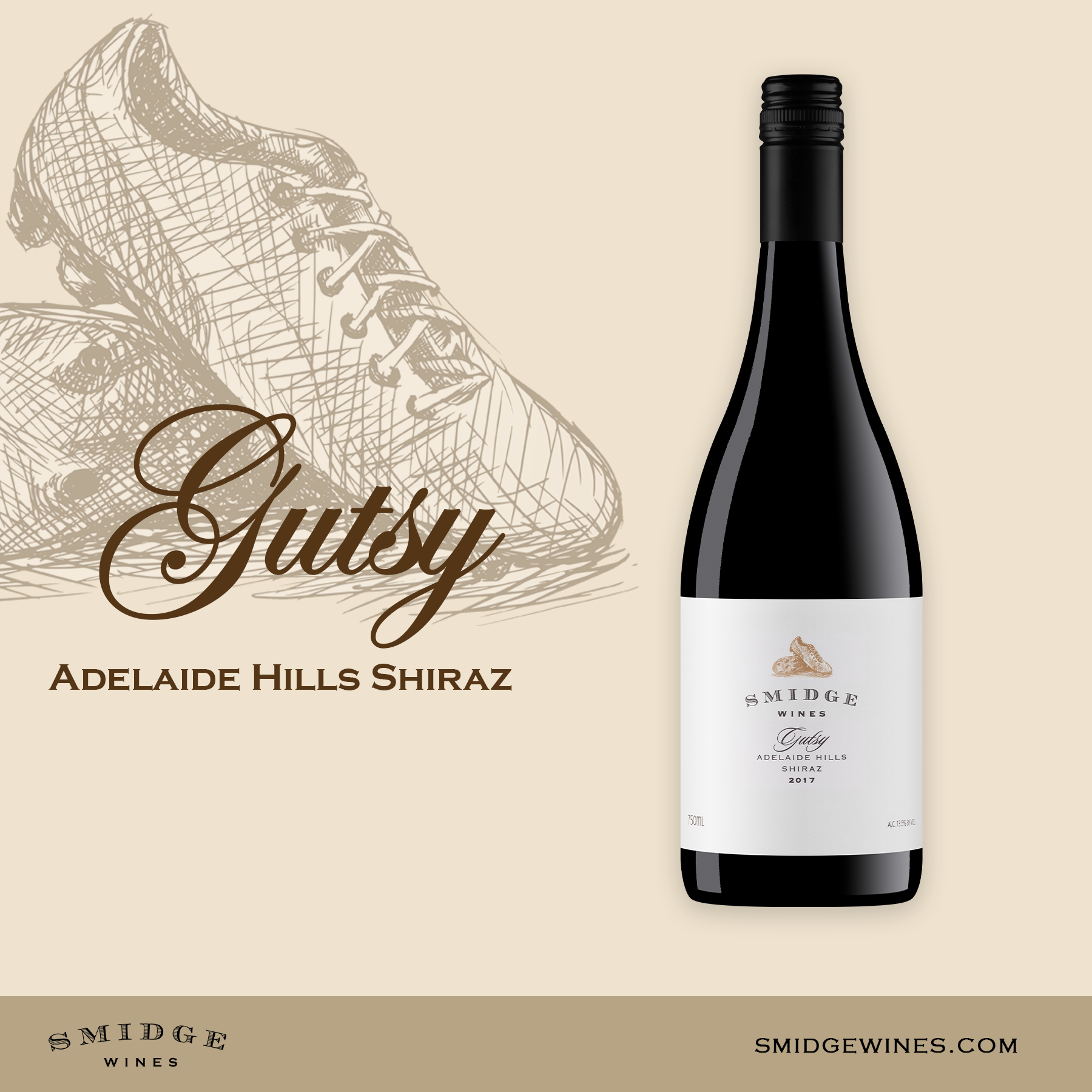
“Surely this is from the Barossa!” a wine lover exclaimed at our cellar door, “a shiraz of this quality is unlikely to be produced anywhere else,” he continued matter of factly.
His companion immediately countered “No, no this is definitely a McLaren Vale Shiraz, you can taste it in its bold fruity palate. ”
I simply smiled at them both, knowing the true origins of the 2017 Gutsy that they both were currently swishing around inside their mouths.
I wasn’t going to tell them that this Shiraz had come from a little Kuitpo Vineyard in the Adelaide hills, not yet at least, I was enjoying this too much.
Often, people find it difficult to believe that an Adelaide Hills Shiraz can live up to the lofty standards set by its cousins in the Barossa Valley and McLaren Vale.
To be fair, it’s no small task, the Barossa and McLaren Vale have set the standard in Australian Shiraz and with good reason.
But, that’s how the Gutsy got its name.
Named for our young son Oscar, who has spent most of his life being the smallest kid in the class or on the football field. Despite that, he was in the thick of it and more often than not somehow ended up the ball in hand, threading his way throw the forest of bodies. It happened so often that his coach took to calling him “Gutsy.”
And so our Adelaide Hills Shiraz has become known as “The Gutsy” because like Oscar, it takes on the “big boys” of South Australian Shiraz and proudly holds its own.
The two wine lovers are still debating where it’s from, they’re not the usual suspects I see at the cellar door, maybe they’re tourists to the region, it doesn’t matter…….I’m going to enjoy this.
I slowly turn the bottle around so the label faces them clearly, almost proudly, the movement catches the eye of one and he turns to read the label in full.
“Adelaide Hills,” he murmurs, his eyebrows go up and he exhales in astonishment.
The other turns to me, grinning wide, happy to be surprised and enjoying the moment, perhaps almost as much as I am.
“Well done,” he says, “well done.”